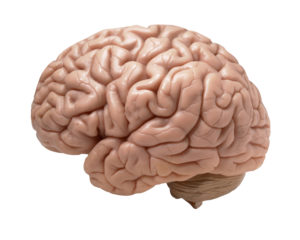 Many people think that living next to a golf course is wonderful, thinking that it's lots of open space. But... it also comes with exposure to all the pesticides used on golf course lawns (pesticides drift through the air to neighboring properties and also get into water). Unfortunately, pesticides can cause health harms, including Parkinson's disease.
Many people think that living next to a golf course is wonderful, thinking that it's lots of open space. But... it also comes with exposure to all the pesticides used on golf course lawns (pesticides drift through the air to neighboring properties and also get into water). Unfortunately, pesticides can cause health harms, including Parkinson's disease.
A recent study found that the closer a person lives next to a golf course, the higher the incidence of Parkinson's disease. In fact, living within a mile of a golf course is associated with a 126% increased risk for Parkinson's disease. The biggest risk was for individuals living 1 to 3 miles from a golf course.
Additionally, drinking water from groundwater that includes a water source from a golf course was associated with an almost two-fold increased risk for Parkinson's disease (due to drinking water contamination).
While this observational study showed an association with Parkinson's disease, other studies also show that exposure to certain pesticides increases the risk of Parkinson's disease. Some of the pesticides linked to increase risk of Parkinson's disease: 2,4-D, chlorpyrifos, MCPP, maneb, paraquat, and rotenone. (Note that pesticides such as 2,4-D are also commonly found in feed and weed products.)
Another disturbing thing to keep in mind is that American golf courses use greater amounts and more pesticides, including pesticides that are banned in Europe, compared to European golf courses. Just think of weed-free carpet-like lawns as poison lawns.
Excerpts from Medical Xpress: Golf course proximity linked to higher Parkinson's disease risk
Barrow Neurological Institute and Mayo Clinic-led researchers report an association between living near golf courses and increased Parkinson's disease (PD) risk in a study published in JAMA Network Open. ...continue reading "Living Near A Golf Course Increases Risk of Parkinson’s Disease"

 For years research has linked some pesticides and toxic chemicals with the development of Parkinson's disease. Recent
For years research has linked some pesticides and toxic chemicals with the development of Parkinson's disease. Recent